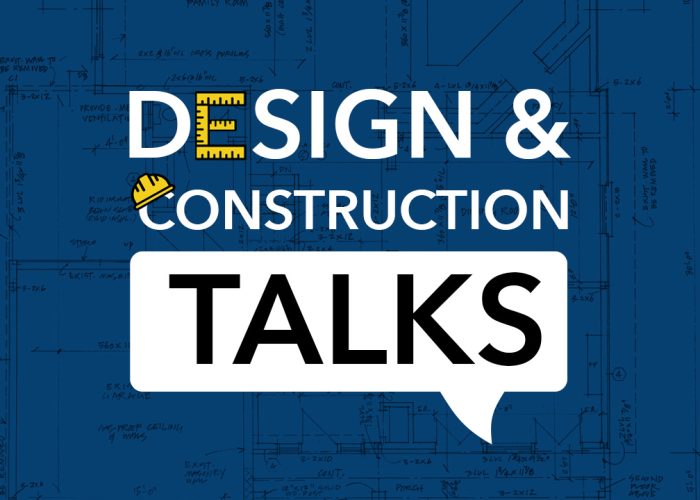Podcast: Big Jail on a Small County Budget—The Tipton County Story
July 20, 2020

Tipton County faced a significant challenge: an old and overcrowded jail that no longer met the community’s needs. Determined to find a solution, the county embarked on a mission to build a new facility to address these issues and serve the community better.
In 2018, Tipton County, Indiana partnered with Performance Services to deliver a long-overdue new jail facility through the progressive design-build method—a highly collaborative and transparent approach that replaced the county’s 120-year-old, outdated jail. After a failed design-bid-build attempt in 2016, county leaders sought a solution that would triple capacity, incorporate modern design standards, and stay on budget. The progressive design-build method enabled real-time decision-making, streamlined budgeting, and active participation from all stakeholders—including local trades, the sheriff, and jail leadership. The result was an efficient, expandable, high-quality law enforcement center that exceeded expectations without exceeding costs. More than just a jail, the new building serves as a community landmark, demonstrating fiscal responsibility, operational foresight, and pride in public safety.
Join us as we hear from Tipton County’s Sheriff, Tony Frawley, award-winning Architect, Joe Mrak, and the design-builder. They share how Tipton County successfully built a large, efficient jail on a small county budget, proving that significant improvements are possible with the right plan and determination.

